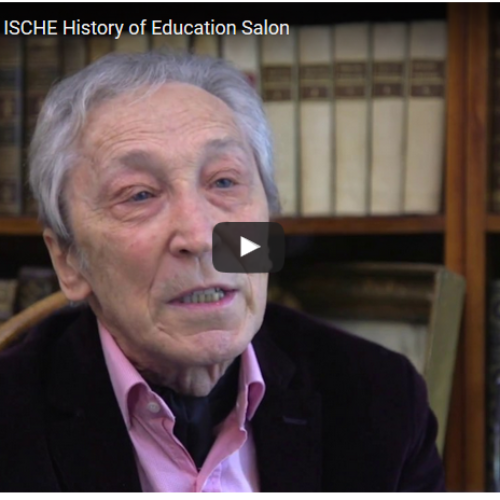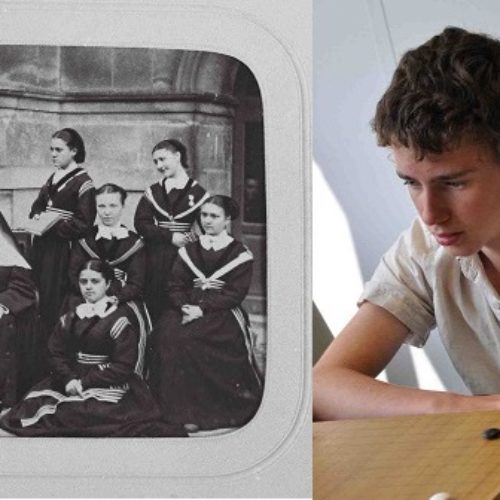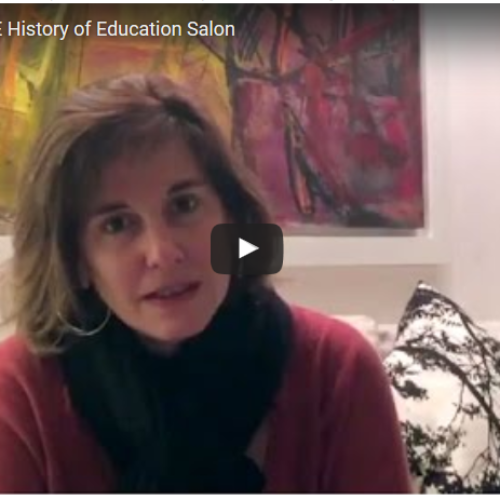body fallacies (blog post from Pablo Scharagrodsky)
I have listened and, above all, felt beautiful problematizations from Georges Vigarello, a classic author that always worth re-reading, Mona Gleason, Pieter Verstraete, Rebecca Rogers and Inés Dussel. From different approaches and questions, the authors problematize bodies and, in particular, their materiality, accepting in some way Foucault s sentence: “Historically, bodies have been objects and targets of power.” From re-significations and multiple re-appropriations, modern pedagogic discourses, educational institutions, schooling processes, school cultures, school disciplines, etc. have produced multiple effects: one of them has been the very materiality of the flesh with its multiple dimensions: genders, sexualities, pleasures, desires, emotions, sensibilities, proxemias, corporal uses, senses of belonging to a social group, ethnic aspects, etc, etc, etc. The authors suggest several fallacies which have to be retraced: the natural bodies vs. the educated ones; the disciplined bodies vs. the free ones; the male bodies vs. the female bodies; the normal bodies vs. the abnormal bodies; the healthy bodies, vs. the insane bodies; the cute bodies vs. the ugly ones, the fat bodies vs. the thin bodies; the hyperkinetic bodies vs. the lazy bodies; the vicious bodies vs. the correct ones; the moral bodies vs. the immoral bodies, etc, etc, etc. Most of them are the result of binary classifications and conceptualizations, which have been not only stimulated from pedagogy and the modern school, but from other discourses, institutions and imaginaries.
Undoubtedly, it is a matter of an effective modern legacy in which educational institutions have not only played a central role but a surprising efficiency. In a way, analyzing the pedagogization of bodies implies accepting not only that bodies are historically constructed from, and based on multiple practices, knowledge, experiences and discourses and that they have possibilities of leaks and resistances; but bodies could also be ‘imagined’ (educated) and materialized with other meanings and senses. Undoubtedly, this is one of the great challenges that we have to face in the future since at the end bodies have always been and even are in the educational institutions, many of them located in the place of the abject. Historizing them and identifying leaks is part of an agenda, not just political, but ethical.
About author
You might also like
Georges Vigarello “Education and the Body”
This video from Georges Vigarello (École des hautes études en sciences sociales – Paris, France) is one of four lead off recordings in which historians discuss education and the body
le corps saisi (blog post from Rebecca Rogers)
As the organizer of this first History of education salon, I thought it might be interesting to comment on what this experience offered me, as an historian of education who
Inés Dussel “Education and the Body”
This video from Inés Dussel (DIE-CINVESTAV, Mexico) is one of four lead off recordings in which historians discuss education and the body as part of the ISCHE April 2017 History





1 Comment
download
December 12, 18:26